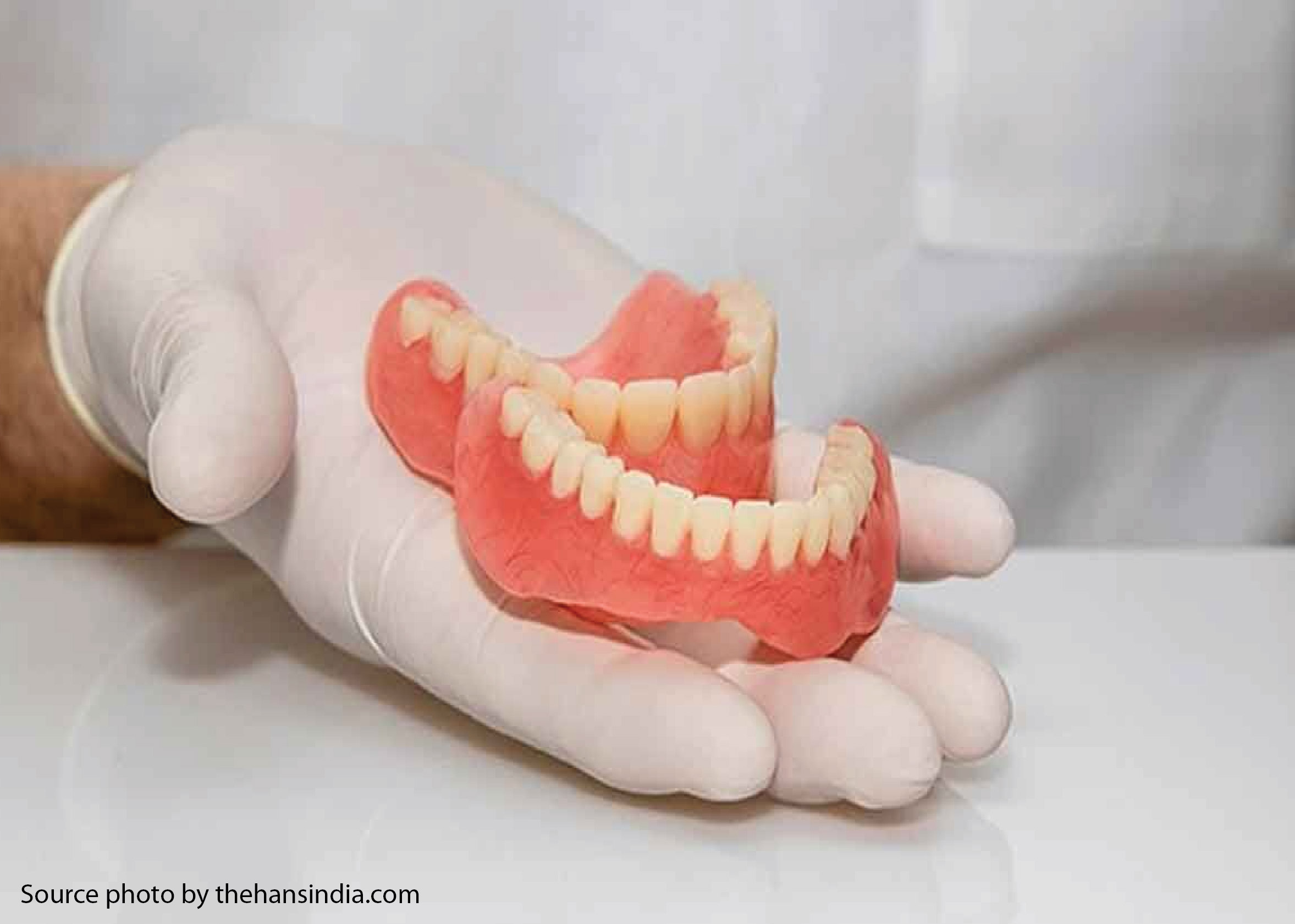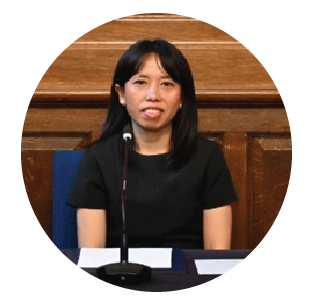PATTERN OF DEMAND FOR MAKING DENTURES AT DENTAL LABORATORY IN SURABAYA CITY, INDONESIA

Downloads
Background: Dental laboratory in Surabaya frequently make various kinds of the denture. But surely there is a case that was the most commonly accepted, to adjust to the needs of dental laboratories on the priorities of the work was done, it was necessary to give attention to the case that many common and must be taught to students Dental Technology. Purpose: To find an overview of the number the dentures received by the dental laboratory in Surabaya from 2013 until 2017. Method: The data used is secondary data from a dental laboratory in Surabaya from 2013 to 2017. Result: A request for flexible and RPDs porcelain, acrylic resin and metal in 5 years obtained tend to be stable in high demand, even ina given year a sharp increase in RPDs flexible and drastic decline on fixed porcelain denture. Instead of facing acrylics, fixed denture tends to stabilize at its lowest during the period. While the acrylic RPDs has increased significantly in the last two years, in contrast to metal frame dentures, which decreased at two years latest. Conclusion: Flexible denture significantly better than with acrylic resin conventional denture on parameters taken in this research. Fixed porcelain denture are mostly made by a dental laboratory when compared with a removable partial denture acrylic resin.
Abdulhadi, L.M. 2013. Appraisal of removable partial denture service in a dental faculty for (2005-2010). A retrospective study. Proceedings of the 2013 International Conference on Biology and Biomedicine Kuala Lumpur, Malaysia.
Al-Sinaidi, A., Preethanath, R.S. 2013. The effect of fixed partial dentures on the periodontal status of abutment teeth. The Saudi Journal for Dental Research Vol. 5(2). Pp. 104-108.
Bagaray, D.A., Mariati, N.I., Leman, M.A. 2014. Perilaku Memelihara Kebersihan Gigi Tiruan Lepasan Akrilik Pada Masyarakat Desa Treman Kecamatan Kauditan. J e-GiGi Vol. 2(2). Pp. 1-14.
Douglass, C.W., Watson, A.J. 2002. Future Needs For Fixed And Removable Partial Denture In The United States. J Prothet Dent Vol. 87. Pp. 9-14.
Eduardo, P. Pellizzer, Almeida, D.A.D.F., Rosse, M. Antenucci F., Sa Ì nchez, D.M.I.K., Renato, P. J. Zuim, Fellippo, R. Verri. 2010. Prevalence of removable partial dentures user treated at the Aracatuba Dental School – UNESP. Gerodontology Vol. 29. Pp. 140-4.
Hakeem, S., Baqar, A., Mirza, D. 2015 Prevalence of partial dentulism and rehabilitation provided to the patients attenting Bahria University Dental Hospital, Karachi. Int J Dent Health Sci Vol. 2(5). Pp. 1102-12.
Jayasingha, R.M., Tilakaratne, A., Amarasena, N., Mack, F., Anandamoorthy, T. 2013. Impact of Marginal Contact of Removable Acrylic Partial Dentures on Periodental Parameters. Int J Research In Medic Health Sci Vol. 1(3). Pp. 1-11.
Joshua, O.T., Olaide, G.S. 2014. Removable partial dentures: Patterns and reasons for demand among patients in a teaching hospital in southwestern Nigeria. Vol. 2(1). Pp. 82-5.
Martin, S. Partial Denture. An Encyclopedia of Dentistry. Available from: http://www.doctorspiller.com/partial_ dentures.html. Diakses pada 15 Maret 2018.
Shamnur, S.N., Jagadeesh, K.N., Kalavathi, S.D., Kashinath, K.R. 2014. "Flexible dentures” – an alternate for rigid dentures?. J Dent Sci Research Vol. 1(1). Pp. 74-9.
Sharma, A., Shashidhara. 2014. A Review: Flexible Removable Partial Dentures. IOSR. J Dent Medic Sci Vol. 13(12). Pp. 58-62.
Taiwo Oa, Onwudi Hi, Sulaiman Oa. 2014. Removable Acrylic Dentures Demand In Sokoto, Northwest Nigeria. Caliphate Medical Journal Vol. 2(1). Pp. 124-7.
Zhang, Q., Witter DJ, Bronkhorst, E. M., Jia, M., Creugers, N.H. J. 2012. Dental functional status with and without tooth replacement in a Chinese adult population. Clin Oral Investig Vol. 16(4). Pp. 1251–9.
Copyright (c) 2019 Journal of Vocational Health Studies

This work is licensed under a Creative Commons Attribution-NonCommercial-ShareAlike 4.0 International License.
- The authors agree to transfer the transfer copyright of the article to the Journal of Vocational Health Studies (JVHS) effective if and when the paper is accepted for publication.
- Legal formal aspect of journal publication accessibility refers to Creative Commons Attribution-NonCommercial-ShareAlike (CC BY-NC-SA), implies that publication can be used for non-commercial purposes in its original form.
- Every publications (printed/electronic) are open access for educational purposes, research, and library. Other that the aims mentioned above, editorial board is not responsible for copyright violation.
Journal of Vocational Health Studies is licensed under a Creative Commons Attribution-NonCommercial-ShareAlike 4.0 International License














































